Overview
UX research comprises a variety of analytical procedures and is used to better understand product’s users and the way they utilize that product. Clear comprehension of user goals and needs combined with knowledge of a product and a market it is competing in should inform design process. For in depth look at UX research read Complete Beginner’s Guide to UX Research at UX Both For a short highlights on methods I often use on projects read on below.
Product Review
Thorough understanding of a product and its competitors is essential for UX Designer to deliver high quality design solution. There are several techniques that could be utilized to learn about a product. User surveys, are a good way to start familiarizing yourself with types of users and how they utilize a product. Previously conducted surveys would be a good source for initial information. If surveys were never conducted or haven't been undertaken in a while it can be helpful to carry one out. Next on the list may be Competitive Analysis study, which is performing a review of competing websites or apps. In case brand’s budget does not allow for a full study and report at the very list an evaluation is advised. Stakeholder Interviews is a significant part of product review. It is helpful to understand how stakeholders view their product its users and competitive landscape. Heuristic Review - evaluating a website or app for usability flaws helps provide deeper understanding of current state of a product and identify areas for improvement on which to concentrate design efforts. Yet another technique to help understand a product and its users is a look at available analytics.
Analytics
These days there's no lack of Analytics apps, many are free for use. If you are running a website at a very minimum you could utilize Google's tools. Google Analytics and Search Console (former Webmaster Tools). Both of those are free. Some organizations utilize a powerful Adobe Analytics (former omniture). Apps that allow UX Designers explore recorded user sessions are a very powerful analytical tool. Couple of such softwares are mouseflow and inspectlet. If you'd like to analyze an app statistics one of the solutions is Flurry
User Research
Once UX Designer has insights into a product, traffic analysis, surveys responses and user session recordings it is a good time to reach out to products users directly. There are several different methods that can be used to gather information from your users directly. Contextual Interviews - when UX professional can observe users in their natural environment, providing a better understanding of the way users work. Focus Groups - Moderated discussion with a group of users. Although it is my believe that focus groups are more of a marketing department function a seasoned UX Researcher could certainly pull of a Focus Group moderation. Whether discussion is lead by a marketer or UXer recording of Focus Group is a valuable resource for UXer to review. Individual Interviews - One-on-one discussions with users that give insights into how a particular user engages with a product it’s competitors and supplemental applications. These interviews enable UX professional to attain detailed information about a user's attitudes, desires, and experiences.
User Interviews
I have conducted Contextual Interviews in the past, but more recently I concentrated on Remote Interviews and have done many one-on-one with the help of join.me app Join.me allows users to share their screen and show UX Researcher how they utilize websites for professional or personal needs. While user and researcher are engaged in screen sharing and voice interactions join.me can be set to record this interview so that UX researcher is able to get a benefit of playback if Persona Development is necessary or UX Report needs to be generated. When users are being interviewed face to face rather than remotely a variety of software can be used to record your interaction. On Macs Quick Time Player can be used to initiate new screen recording that will record both on screen activity and dialog.
Examples of products where I've conducted User Interviews are:
1) SourceESB 2) Natural Product Expo East 3) Waste360 University 4) Electronic Design
Persona Development
Personas are a composite archetype and not based on a real person, but a combination of motivations and behaviors. Personas help product development teams visualize what the consumer hopes to achieve and how the consumer will interact with the product. Personas are the foundation of user-centered product design. They help solidify scope, guide interaction design and decide layout hierarchy.
User Scenarios
I often write User Scenarios as part of Persona development process. User scenario is a narrative that describes one or more users engaged in some meaningful activity with an existing or envisioned product. The description is very specific and typical of interactions using the product. A scenario has a goal, usually functional, which describes one way that a system is envisioned to be used in the context of user activity.
Scenarios are frequently used as part of the product development process. They are typically produced by usability specialists, often working in concert with the end users. Scenarios are written in natural language with minimal technical details, providing designers, developers and product managers a common example.
Personas were developed for following projects:
1) SourceESB 2) Events 365 3) Electronic Design
UX Report
After all or some of the methods described above were used on a project and worth noting findings than would not logically fit into persona document were discovered a UX Report was generated. UX Report would typically contain findings related to competitive analysis, heuristic evaluations, product aspects that were not specifically called out in conversation with product owners and product managers but were discovered to be important in a course of UX research.
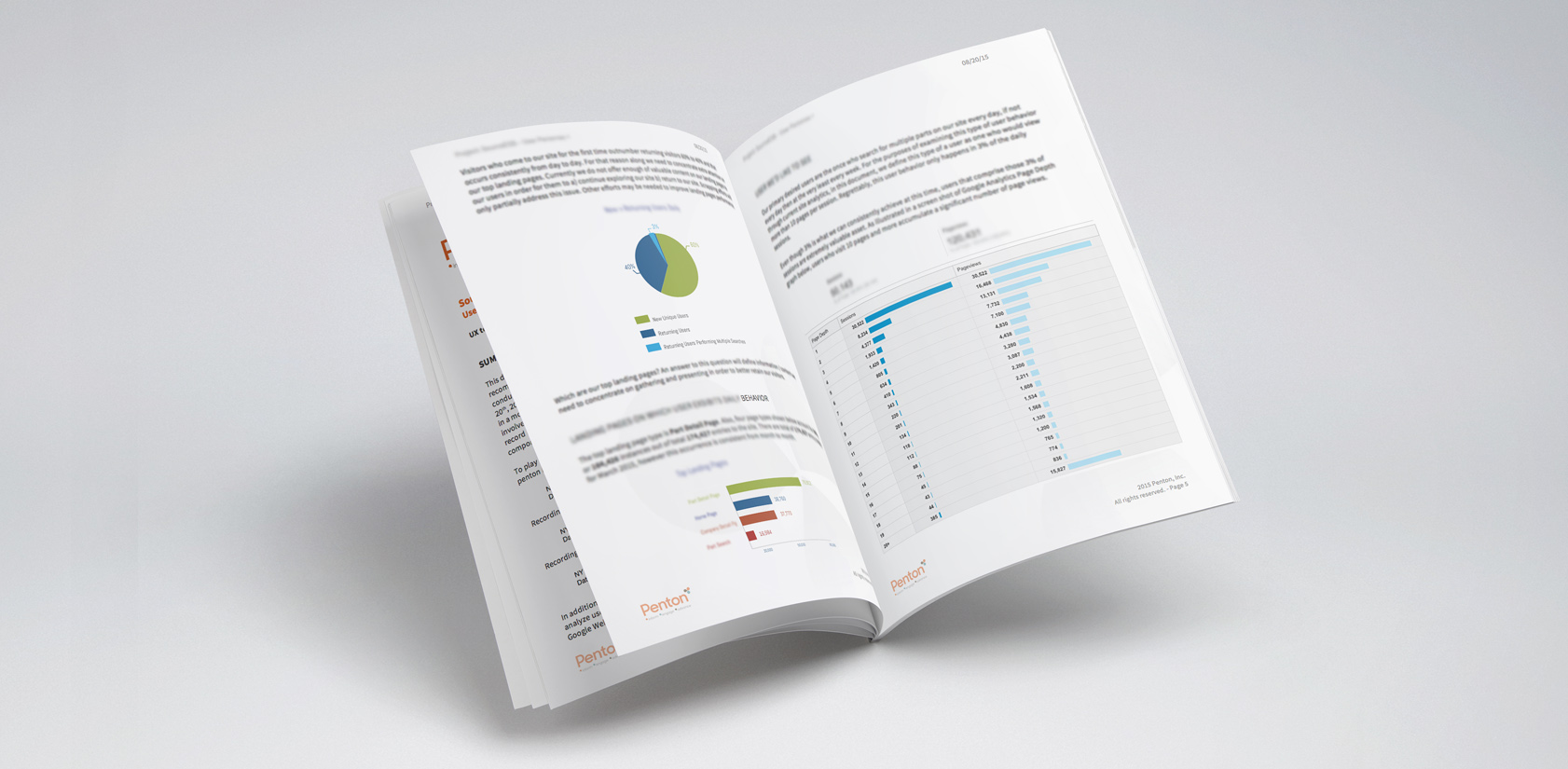
Reports were developed for following projects:
1) SourceESB 2) Natural Product Expo East 3) Aviation Week App

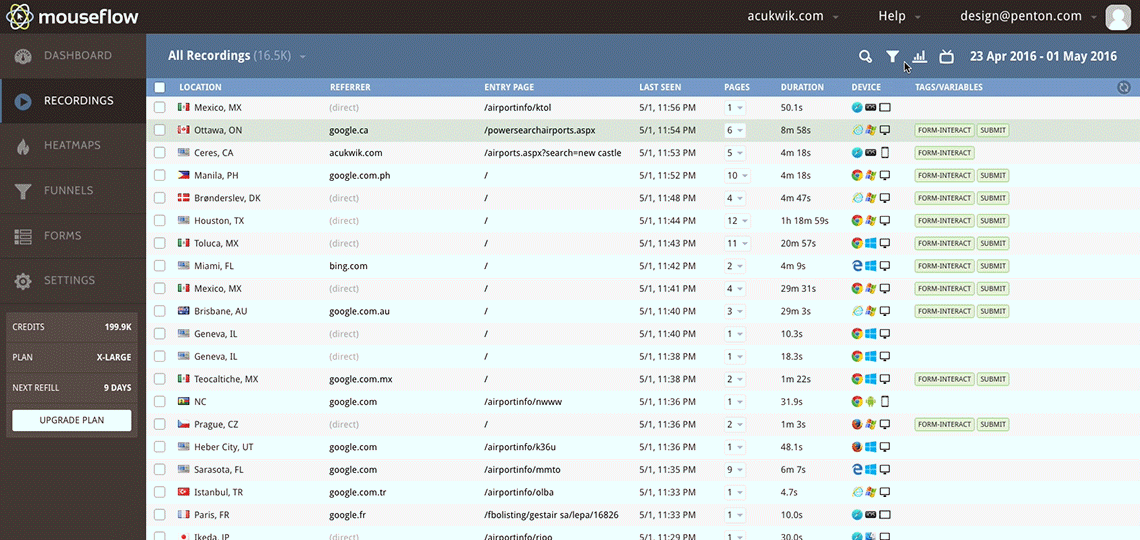
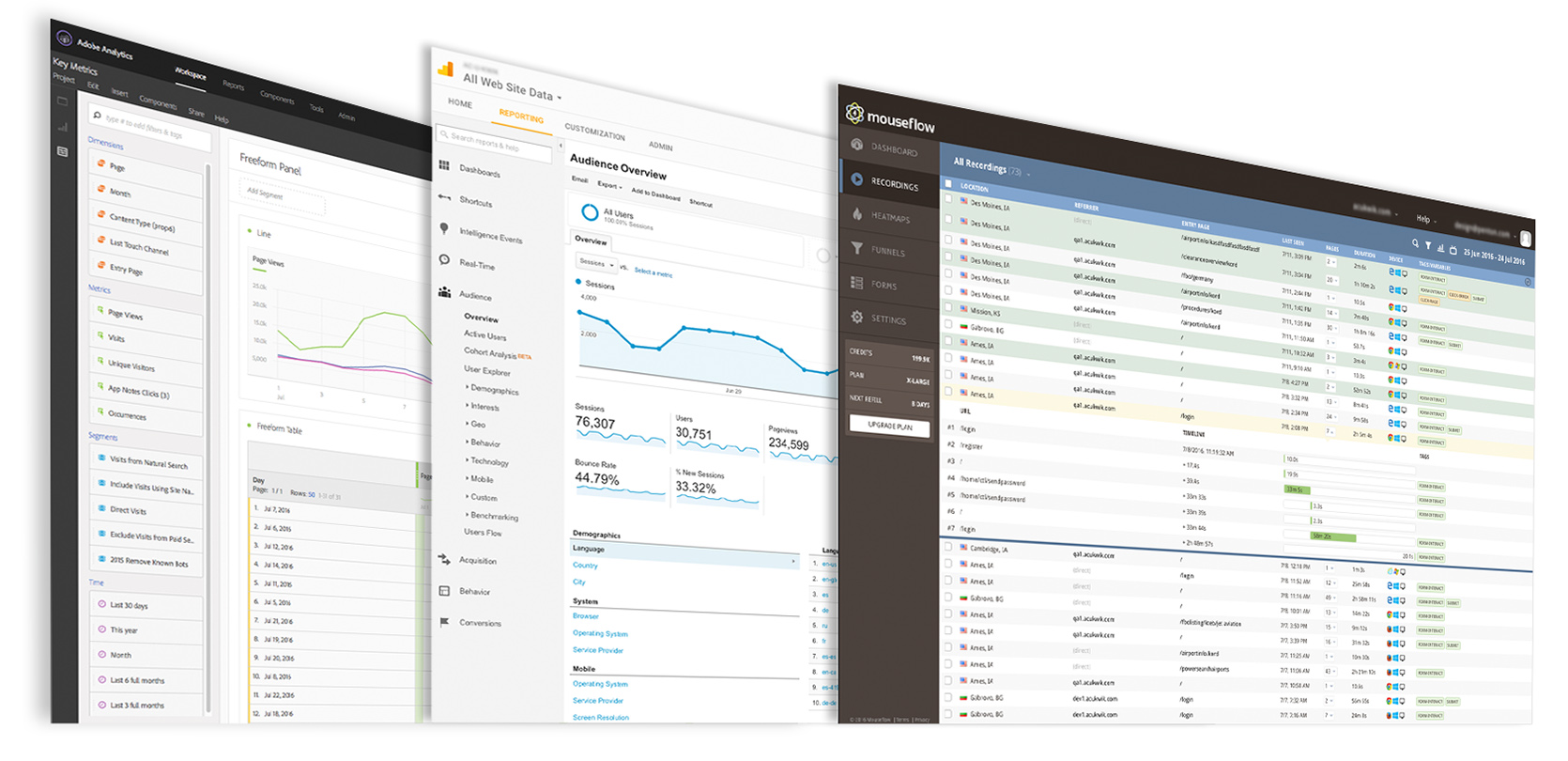


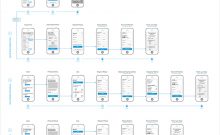
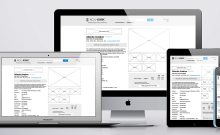
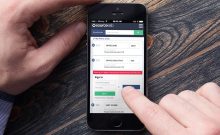
Leave a Comment